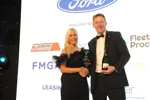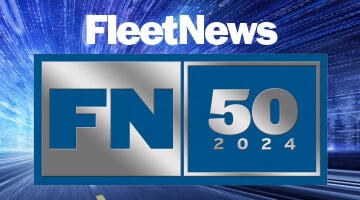The leasing industry is approaching a turning point as fleets are demanding increased service levels, yet at the same time are putting greater pressure on suppliers to reduce prices.
According to Gregoire Chove, director of large corporate group for Arval International, the widely-accepted idea of looking at total cost of ownership (TCO), rather than just price, is a not a reality for most fleets, just a concept.
Speaking at the Fleet Europe Forum on Central and Eastern Europe (CEE), held in Prague, he said: ‘Clients must focus on TCO, rather than price, or they will kill off the long-term cost opportunities that leasing offers. There is a limit to the acceptable level of risk that leasing companies will bear.
‘Most fleets just tend to focus on leasing price, which just covers 47% of the cost of ownership. If buyers want to be successful, they must integrate the remaining 53%.’
The 43% paid for in the leasing price includes depreciation, financial interest and management fees, by the missing 53% includes fuel costs, damage repair, insurance and replacement vehicle costs.
Chove added: ‘It is our industry’s duty to educate customers on the TCO concept and how to change from a focus on price to TCO. When you have the right mindset, you can then understand how to influence those costs, through the fleet, manufacturer and the driver.’
The vast expertise of leasing suppliers can also be used to help brief fleet decision-makers on how to introduce new policies and support managers when they have to explain key issues to senior management and board members.
Chove added: ‘In one example, leasing prices might go up but TCO would go down so the company would be saving money, but this is only possible if a business changes its habits and policies.
‘We would bring our expertise to prove to top management why policies are worth changing by proving the benefits for driver satisfaction, offering desirable savings and creating predictive fleet budgeting.’
Chove said that fleet management followed a key pattern, starting with managing each vehicle properly, moving to managing the fleet efficiently, then onto identifying and implementing savings, which is where many of the fleets in the CEE had arrived.
But two further stages covered optimization of the fleet budget and full outsourcing solutions.
However, he believe these final two steps were not far away, as the take-up of new services in CEE was predicted to grow rapidly as fleets became aware of the benefits achieved by other companies in the region.















Login to comment
Comments
No comments have been made yet.